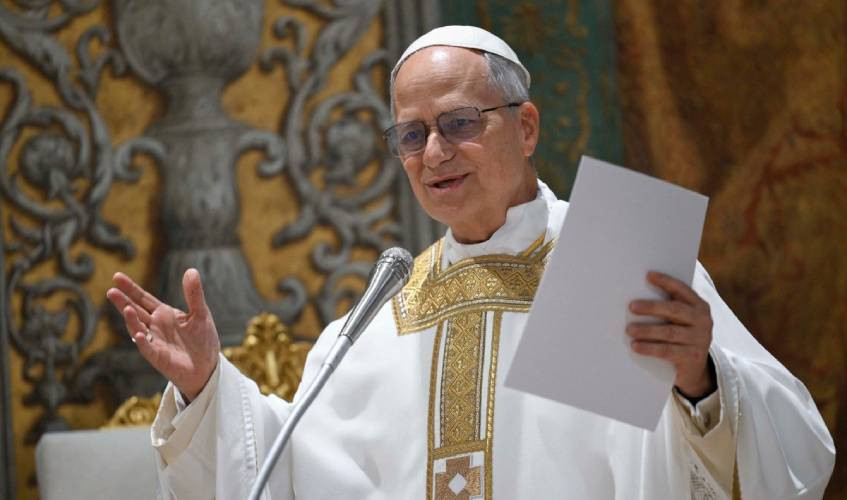World Leaders and Dignitaries attend Pope Francis's Funeral

The world recently bid farewell to Pope Francis with funeral services held in Rome. The Pope, who passed away on Easter Monday at the age of 88 after battling health issues, had been lying in state at St. Peter’s Basilica, allowing the public to pay their respects. The funeral, attended by world leaders and numerous faithful, marked the end of an era for the Catholic Church.
President Bola Tinubu dispatched a delegation, led by Senate President Godswill Akpabio, to represent Nigeria at the Vatican City. The delegation included Minister of State for Foreign Affairs, Ambassador Bianca Odumegwu Ojukwu; Archbishop Lucius Iwejuru Ugorji, President of the Catholic Bishops Conference of Nigeria; Archbishop Matthew Hassan Kukah of Sokoto Diocese; and Archbishop Ignatius Ayua Kaigama of Abuja Diocese. They formally delivered President Tinubu’s condolences to the acting head of the Vatican.
The sealing of Pope Francis’ coffin occurred on Friday evening at St Peter’s Basilica. This ceremony, led by Cardinal-Camerlengo Kevin Farrell, included the reading of a document outlining key moments of Pope Francis’ life. The document highlighted his time in Germany and his work in Argentina, where he was known for his humility. During the ceremony, Archbishop Diego Ravelli covered the Pope’s face with a white silk cloth, and Cardinal Farrell sprinkled holy water over the body. Coins and medals minted during his papacy were placed in the coffin, which was then sealed.
The funeral service, led by the Dean of the College of Cardinals, Cardinal Giovanni Battista Re, included a final commendation entrusting the Pope to God. Pope Francis had requested a simple funeral, appropriate for "a shepherd and disciple of Christ," a departure from elaborate rituals. Following the service, Pope Francis was interred at the Basilica of Santa Maria Maggiore in Rome, a place he personally chose as his final resting place. This decision marked a break from tradition, as many predecessors are buried in the crypt of St. Peter’s Basilica.
Attendees included over 50 heads of state and 10 reigning monarchs, such as US President Donald Trump, Prince William, French President Emmanuel Macron, and Brazil's President Luiz Inácio Lula da Silva. Ukrainian President Volodymyr Zelensky also attended. The funeral Mass was the first of nine Masses held daily at St. Peter’s through May 4, with Cardinal Giovanni Battista Re presiding over the funeral liturgy.
The coffin was transported to the Papal Basilica of Saint Mary Major, covering four kilometers through Rome, allowing residents to bid farewell. The procession included the Sistine Chapel choir. Upon arriving, the coffin was greeted by “the last ones,” representing the poor and marginalized. Cardinal Camerlengo Kevin Farrell marked the coffin with his seal, along with others, and the remains were sprinkled with holy water. The ceremony concluded with the notary of the Liberian Chapter drawing up the official act confirming the burial.
Pope Francis' choice of burial site, the Papal Basilica of St Mary Major in Rome, held significance due to its relative humility compared to the Vatican City. Others interred there include Pope Honorius III, Nicholas IV, St Pius V, Sixtus V, Clement VIII, and Clement IX. The Pope's life was dedicated to prayer, service, and social justice, rooted in Jesuit principles. He chose the name Francis to honor St Francis of Assisi, embracing a life of self-denial and austerity.
Pope Francis issued the encyclical Laudato Si in May 2015, addressing environmental concerns and calling for global dialogue on shaping the planet's future through daily actions. This letter emphasized that environmental degradation is a factor of industrialization, technology, and human selfishness, extending beyond Catholic faithful to













